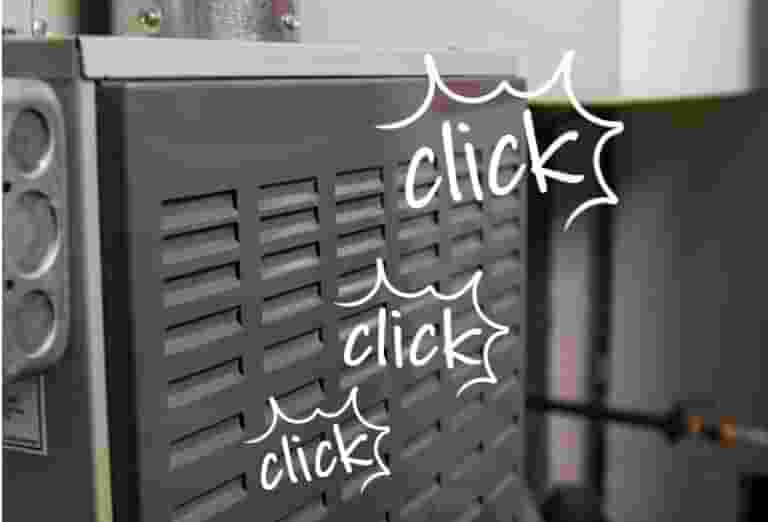All Mr. Handyman franchises are locally owned and operated and may offer fewer or more services than those listed here. To learn more about interior home repair services offered in your area, contact your local Mr. Handyman for details or a customized on-site assessment.
Interior Repair FAQs
Mr. Handyman has been helping homeowners repair, maintain, and enhance their spaces for over 25 years! We are the one-stop solution for everything on your to-do list. This includes answering your questions about home repairs, maintenance, and improvements. Here are answers to some of your most frequently asked questions about interior home repair.
What types of interior repairs are commonly needed in homes?
Interior home repairs often address various aspects of a home’s structure and aesthetic elements, ensuring a safe, functional, and visually appealing environment. Common types of home interior repair needs include:
- Wall repairs, including fixing cracks, dents, and holes in drywall caused by normal wear and tear or accidental damage.
- Floor repairs, like squeaky floorboards, cracked tiles, or scratched hardwood.
- Trim and molding repairs, replacing or restoring baseboards, crown moldings, and door casings for a polished look.
- Door and window repairs, including adjusting misaligned doors, fixing sticking windows, or replacing damaged locks and handles.
- Lighting and electrical repairs spanning faulty fixtures, switches, or electrical outlets.
Whether you need minor adjustments or comprehensive solutions, professional home repair services near me can save time and ensure high-quality results.
How do I know if a wall crack needs repair?
Wall cracks can be a sign of cosmetic or structural issues. Determining the type and urgency of repair depends on several factors:
- Hairline Cracks: These are often superficial and result from paint or plaster shrinkage. They typically only require minor touch-ups.
- Horizontal Cracks: Depending on the size, these can signal foundation issues and may require professional assessment.
- Wider Cracks: If a crack is large enough to insert a coin—1/8th of an inch—it may indicate more significant structural concerns.
For peace of mind, consult a trusted service professional who is well versed in interior home repair service to evaluate and address cracks effectively.
What is the best way to repair squeaky floors?
Repairing squeaky floors depends on the type of flooring and access to the affected area:
- First, identify the cause. Squeaks often occur when floorboards rub against each other, the wall, trim, subflooring, or nails.
- Apply powdered graphite or talcum powder. For minor squeaks, sprinkle these lubricants between the floorboards to reduce friction.
- Use screws or nails to fasten floorboards more securely to the subfloor.
- If possible, secure the subfloor from the underside using construction adhesive or screws.
- Should the problem persist, a professional offering home repair services can assess and fix the issue to prevent further damage.
Can damaged trim or molding be replaced without replacing the entire piece?
Yes, it’s often possible to replace damaged sections of trim or molding without removing the entire piece. Here’s how professionals approach this task:
- Assess the damage. If only a small section is affected, it can be carefully cut out and replaced.
- Match the replacement. Select a replacement piece that matches the existing trim in size, material, and design.
- Use miter cuts and wood filler to create a seamless connection between the old and new sections.
- Choose to either paint or stain. Apply a matching finish to blend the repaired area with the rest of the trim.
Experienced home repair services near me can ensure precision and a flawless finish for such tasks.
How do I know if an interior repair requires professional help?
While some minor repairs can be handled with a bit of DIY effort, there are situations where professional help is strongly recommended:
- Structural Issues: Cracks in walls, sagging ceilings, or uneven floors may point to underlying structural problems.
- Specialized Skills: Tasks like electrical work, plumbing, or complex carpentry require knowledge of local building codes, technical expertise, and tools.
- Time and Tools: If you lack the necessary tools or the repair is time-intensive, hiring a professional can save effort and ensure quality.
- Safety Concerns: Repairs involving wiring, heavy materials, or high ladders pose safety risks and should be left to trained professionals.
A trusted home interior repair service ensures that repairs are done right the first time, helping homeowners avoid costly mistakes.
 Click to call
Click to call

 Click to call
Click to call
